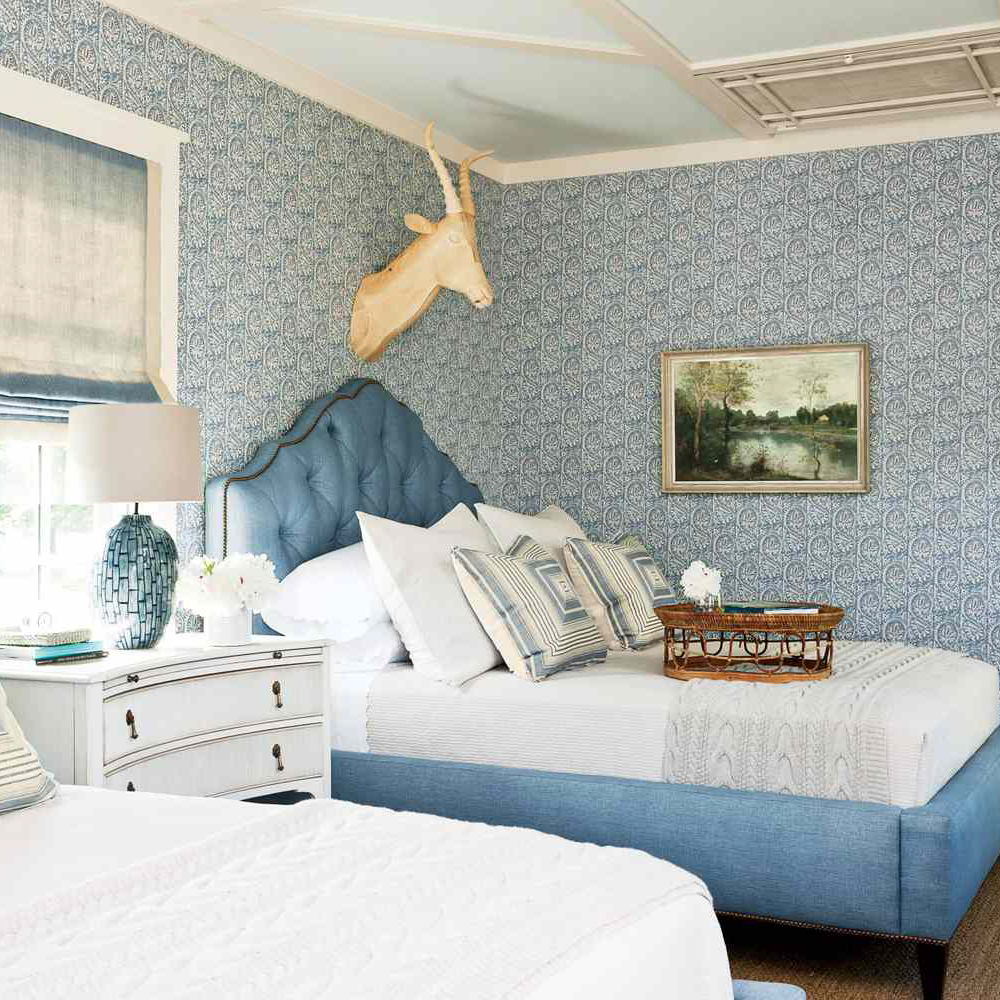Introduction
Cottage wall lights are a charming addition to any home. These lights come in various styles, including rustic, classic, and modern, and can be customized to suit your specific needs. Whether you want to add ambiance to your porch, light up your garden or driveway, or add a warm glow to your living room, cottage wall lights are a versatile and stylish choice.
In this article, we will explore the different types of cottage wall lights and how they can enhance the beauty and functionality of your home. We will also discuss important considerations when selecting and installing these lights.
Types of Cottage Wall Lights
There are several types of cottage wall lights to choose from, each with a unique style and functionality.
1. Rustic Cottage Wall Lights
Rustic cottage wall lights are perfect for homes with a cozy and traditional feel. These lights often feature natural materials such as wood or metal, and they come in a range of styles, from lanterns to sconces. Rustic cottage wall lights are a popular option for front porches, patios, and outdoor living spaces.
2. Classic Cottage Wall Lights
If you have a more traditional home, classic cottage wall lights may be a good choice. These lights often feature graceful curves and intricate detailing, and they come in classic finishes such as bronze, brass, or black. You may choose from lantern-style lights or sconces with a more traditional flair. Classic cottage wall lights are often installed on either side of the entrance door to provide illumination and enhance the curb appeal.
3. Modern Cottage Wall Lights
For those who prefer a more contemporary look, modern cottage wall lights may be the best choice. These lights feature sleek designs and a minimalist approach. Often made of metal or glass, they come in a variety of finishes, including chrome, brushed nickel, or matte black. Modern cottage wall lights work well in a variety of settings, from living rooms to bedrooms to outdoor entertaining spaces.
Important Considerations When Selecting Cottage Wall Lights
When selecting cottage wall lights for your home, there are several important considerations to keep in mind.
1. Style
Consider the style of your home and choose lights that complement its architecture and design. Whether you have a modern farmhouse-inspired abode or a more rustic retreat, there are cottage wall lights to fit your style.
2. Functionality
Consider the function of the lights you choose. Are they primarily for aesthetic purposes, or do you need them to illuminate a specific area or pathway? Make sure to choose lights with the right brightness and install them in the right location to achieve optimal functionality.
3. Placement
Consider the placement of your cottage wall lights. Place them strategically to highlight your home’s unique features and enhance its overall appearance. Installing them on each side of the entrance door, in your garden, or along your driveway can add warmth and enhance your home’s curb appeal.
Installing Cottage Wall Lights
Installing cottage wall lights is a simple process that can be completed by most homeowners. However, it’s important to follow the manufacturer’s instructions and to take necessary safety precautions.
1. Choose the Location
Choose the location where you want to install the lights. Measure the area and mark the spots where you will mount the lights. Take into account the wiring and electrical needs of your lights.
2. Install the Mounting Bracket
Install the mounting bracket for each light. This will serve as the base for the light fixture.
3. Install the Wiring
If necessary, install the wiring required for your lights. Run the wires through the bracket and along the wall to the outlet or switch box. Make sure to follow all electrical codes and safety guidelines.
4. Mount the Fixture
Mount the fixture onto the bracket, making sure it is secure and level. Attach the wiring to the fixture according to the manufacturer’s instructions.
5. Test the Lights
Once you have installed the lights, test them to make sure they are working properly. Adjust them as necessary to achieve optimal performance and aesthetics.
















